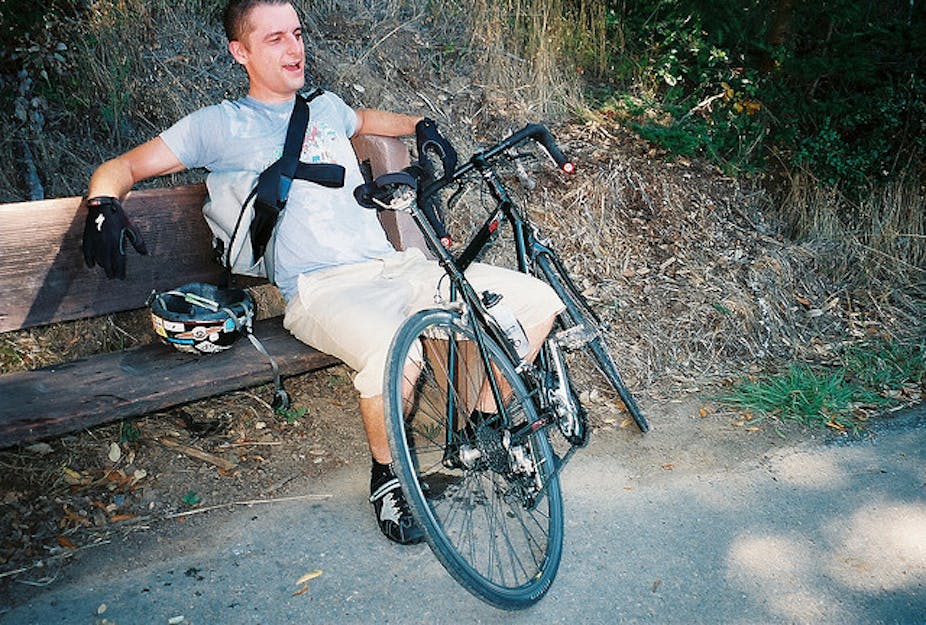Many people who have had a stroke believe that their family history is the main reason for it, regardless of how well they look after themselves. While a family history of cardiovascular disease does increase your risk of stroke or heart attack, it doesn’t make it your destiny.
Exercising to the point of breaking a sweat plays a key role in stroke prevention, and can help change your family’s medical history.
Smoking and high blood pressure are widely known to be associated with an increased risk of having a stroke. But we are now learning about other lifestyle and medical conditions that can be modified to reduce stroke risk.
A combination of five healthy lifestyle factors can reduce your risk of stroke by 80%; people who don’t smoke, have a healthy weight and healthy diet, exercise for 30 minutes each day, and consume modest amounts of alcohol have a much lower risk of many chronic diseases, including stroke.
Physical activity research
A study published in the journal Stroke late last week confirms that exercising at an intensity to work up a sweat at least four times a week can reduce your risk of having a stroke.
The study participants (30,000 people from the United States) were asked how often they were exercising at this intensity. And they were followed up regularly for several years.
The researchers found people who had a stroke were much more likely to be physically inactive, while those who exercised four times a week had a 20% lower risk of stroke than those exercising up to three times a week.
The emphasis was on the intensity of exercise; study participants were not asked what sort of exercise they did, or for how long. Moderately vigorous exercise might be brisk walking, jogging, swimming, cycling or some other activity.
Why is this study important?
Numerous studies in Europe, the United States and Australia have illustrated a lack of awareness in the community about the risk factors for stroke.
People consistently report smoking, high blood pressure and high cholesterol as risk factors but are not aware of the connection between physical activity and strokes.
Even people who’ve had a mini-stroke (a transient ischaemic attack) are not aware of the other risk factors, such as physical inactivity, which is the second biggest risk factor for stroke.
I am currently involved in a study asking people who have just had a stroke about the link between stroke and physical activity. The results we have so far are alarming: 25% of the participants think it’s completely unrelated and 42% have no idea that there’s a link.
Many people in the study commented that their stroke had nothing to do with their lifestyle, and that stress or their family history were to blame.
Time to change
How much exercise you do is something that you have the power to change, and it may be easier to achieve than suddenly giving up smoking or losing weight. (For people with other medical conditions, it might be a good idea to discuss your exercise plans with your GP first).
People who exercise regularly are more likely to have a healthy weight and are less likely to be diabetic. Indeed, if exercise was a pill, you would be taking it to treat or prevent a number of different medical conditions, including stroke.
This research confirms that there’s something we can all do to reduce the risk of having stroke, which currently affects one in six Australians in their lifetime. The ball’s in your court.

